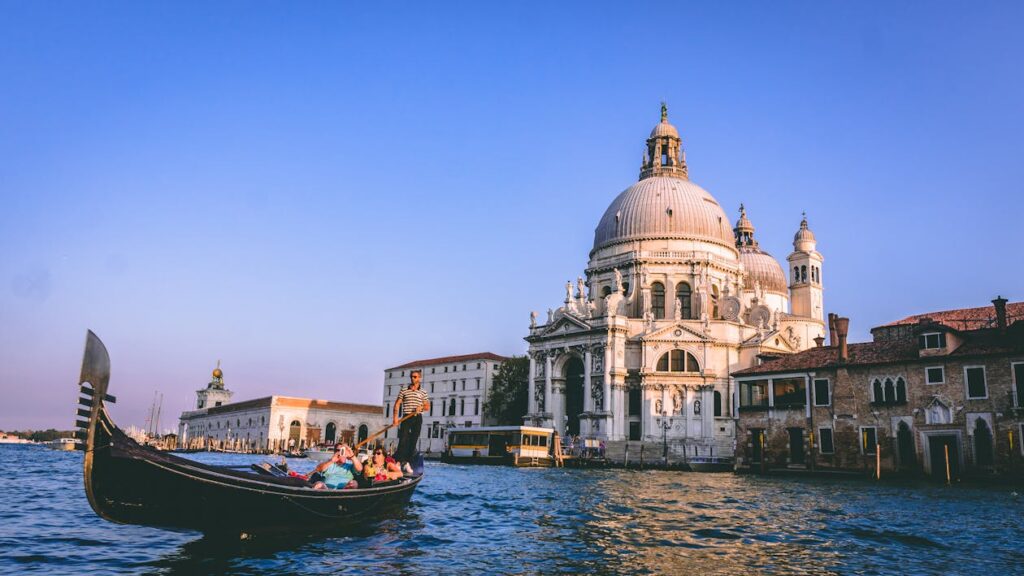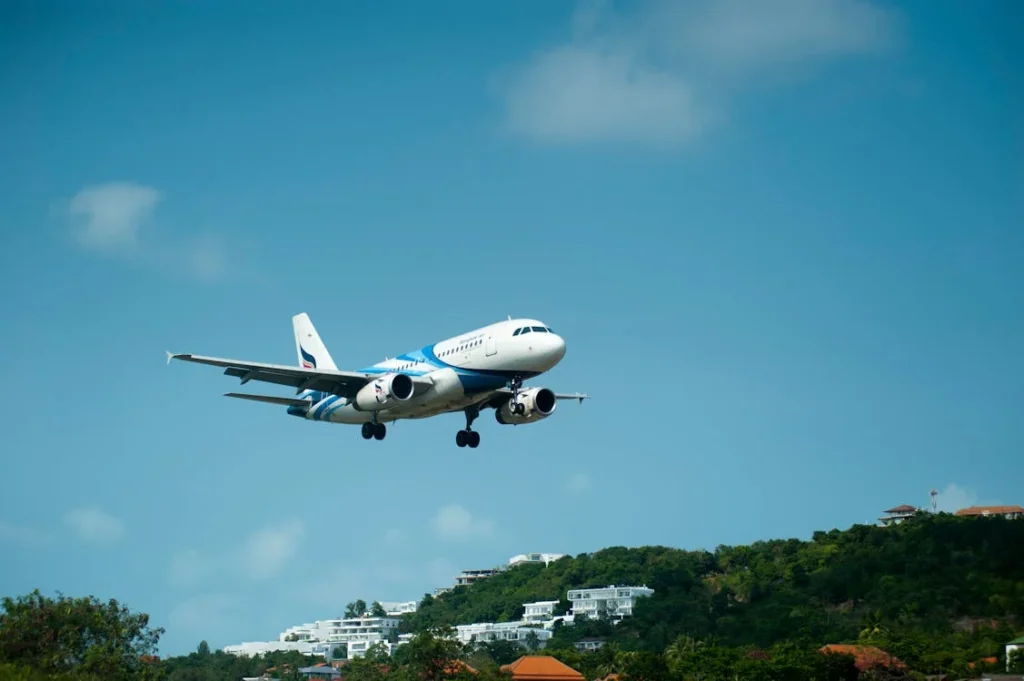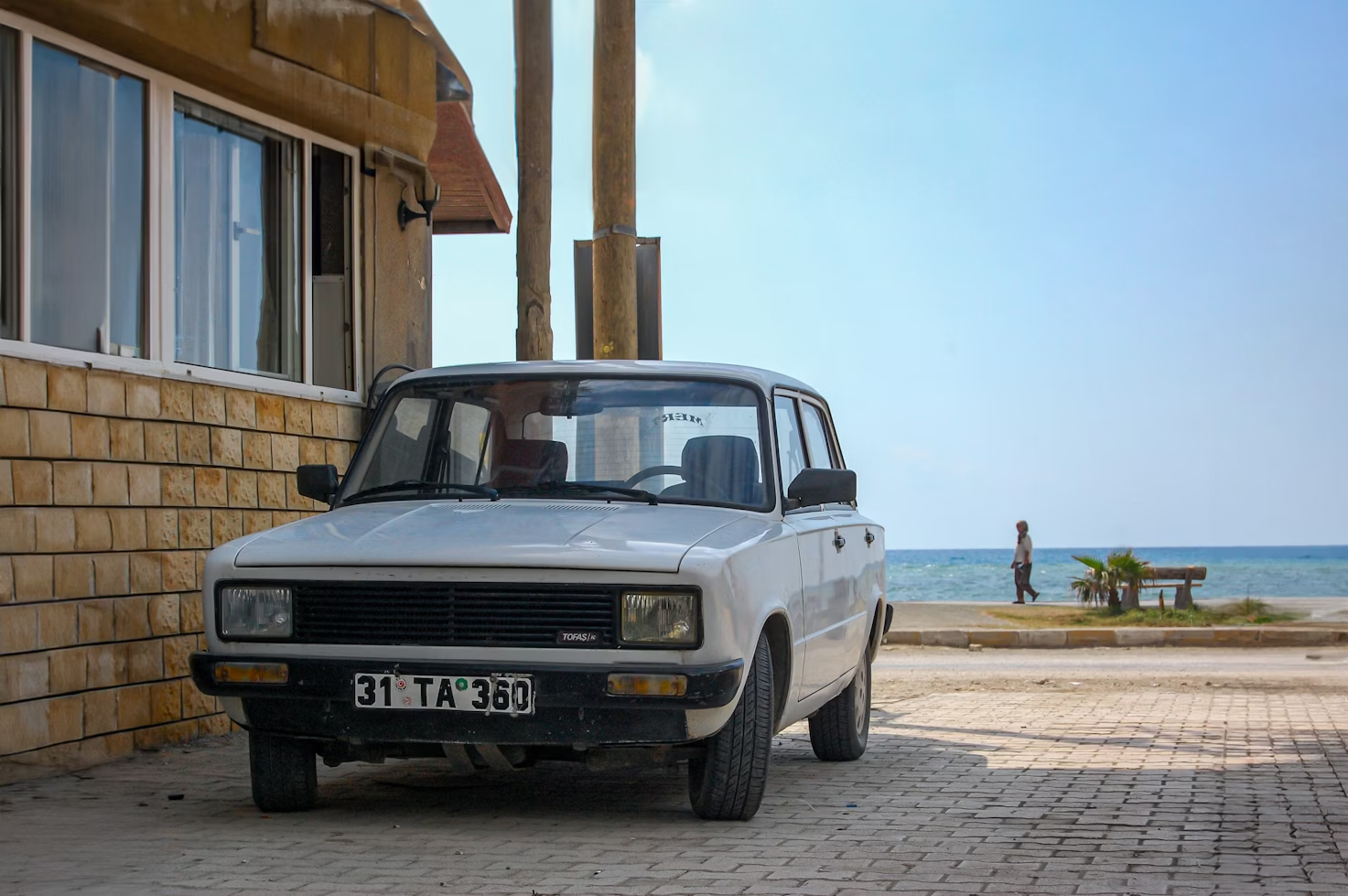Tourist taxes are on the rise across Europe, shaping how and where we travel. These fees, aimed at protecting destinations and promoting sustainability, are common in popular spots struggling with tourism’s impact. From Venice’s day tripper charge to Greece’s cruise visitor tax, these changes are about balancing tourism with preserving local communities and environments.
- Tourist taxes are becoming more common across Europe in popular cities and islands.
- These fees help protect destinations and promote sustainable tourism.
- Venice has introduced a day tripper charge to manage visitor numbers.
- Greece is adding a new tax for cruise passengers to control tourism impacts.
- The goal is to balance tourism while preserving local communities and the environment.
In this post, we’ll explore how these taxes affect your travel plans, budgets, and even the way you choose destinations.
Understanding Tourist Taxes Across Europe

As European cities and destinations face the challenges of mass tourism, tourist taxes are becoming increasingly common. These charges are designed to manage visitor impact, protect local resources, and encourage sustainable tourism.Read travel news articles to learn how these policies are reshaping travel norms and the motivations driving them.
Recent Changes in Tourist Tax Policies
Venice and Greece are introducing new tourism fees to tackle overtourism and support local infrastructure. These measures aim to manage the overwhelming flow of visitors while preserving the cultural and environmental integrity of these destinations.
- Venice will introduce a day-tripper fee starting in 2025 to address overtourism. Visitors spending a single day in the city must pay between €5 and €10, depending on their booking method and the season. Booking in advance typically reduces the fee, while last-minute arrivals could pay the full €10. The fee applies seasonally, covering weekends and holidays during peak months.
- Greece will implement a cruise passenger tax in 2025 to balance tourism and reduce saturation on its islands. Passengers visiting popular destinations like Santorini and Mykonos during peak season (June through September) will pay a €20 fee, while smaller islands will enforce a €5 fee.
Rationale Behind Increasing Taxes
What’s driving the increase in tourist taxes across Europe? Two key points lead the charge: sustainability and proper resource allocation. Many top destinations have been struggling with stretched infrastructure, loss of historic charm, and overburdened environments.
- Sustainability Goals: These fees align with broader environmental objectives, aiming to reduce the intensity of over-tourism. For example, taxes encourage tourists to travel more thoughtfully, potentially shifting demand to off-peak seasons or less-crowded destinations.
- Local Benefits: Tourist taxes directly contribute to improving public services used by visitors. Think waste management, public transport, and preserving cultural sites. For instance, in Venice, portions of the new tax revenue will likely support marine preservation and upkeep of its world-famous canals. Similarly, in the Greek islands, funds aim to protect delicate ecosystems impacted heavily by seasonal tourist surges.
Ultimately, these fees are about balance—benefiting both residents and visitors. The revenues promise better-maintained streets, preserved landscapes, and fewer crowds overwhelming one spot at any given time.
How Tourist Taxes Influence Travel Decisions

Tourist taxes are becoming a common part of travel costs, especially in Europe, and their impacts go beyond just the added expense. These fees affect everything from how long people stay to the destinations they choose. For many, taxes can be a deciding factor when choosing travel destinations. These costs are changing the way we plan and prioritize our trips. But how exactly are these fees impacting our travel choices? Let’s explore.
Impact on Long-Term Stays and Itineraries
For many travelers, budgeting for trips requires prioritization. Tourist taxes can play a significant role in short-term decision-making, whether they’re added to accommodation costs or levied as flat fees upon arrival.
- Shorter Stays: Higher tourist taxes often discourage extended visits. Imagine staying in a city where a per-night tax is tacked onto already high accommodation costs. Many travelers cap their stays to optimize budgets, potentially skipping bucket-list experiences to save on nightly fees.
- Shifting Travel Plans: Regions with lower or no taxes often emerge as substitutes for more expensive destinations. For instance, while heavily visited cities like Venice or Amsterdam impose charges to mitigate over-tourism, nearby alternatives with lenient or non-existent fees appeal to budget-conscious visitors.
Examples of Popular and Less Affected Destinations
Not all European countries implement tourism taxes equally, and this variation impacts traveler choices. Some destinations remain more affordable and rely on competitive costs to attract visitors, while others use higher taxes to manage tourism and infrastructure. Here is a breakdown of how these differences shape travel decisions:
- Countries like Bulgaria and parts of Croatia offer lower visitor fees, making them ideal for budget travelers looking for affordable yet charming destinations.
- High-tourism hubs such as Paris and Rome impose higher taxes to manage crowds and maintain infrastructure, which may encourage budget-conscious travelers to explore alternative options.
- Travelers looking to save money without compromising their experience can benefit from discovering lesser-known destinations or staying in suburban vacation rentals near iconic cities.
Taxes have a great effect on the travel decisions of many tourists, especially those who are budget-conscious. The differences in taxes and fees in different destinations can significantly impact where travelers choose to go for their trips.
Arguments for and Against Tourist Taxes
Tourist taxes have sparked an ongoing debate among travelers, local economies, and policymakers. While they aim to balance tourism impact, their implications can’t be ignored. Let’s break down the arguments on both sides.
Benefits for Local Economies and Infrastructure
One of the primary arguments in favor of tourist taxes is their ability to bolster local economies and infrastructure. High-traffic destinations often struggle to maintain their charm and functionality while accommodating millions of visitors annually. Tourist taxes can help alleviate this strain by providing much-needed revenue.
- Supplement for Public Services: Tourism hotspots often rely on additional funds to keep up with increased pressure on public transportation, waste management, and sanitation systems. For example, a percentage of tourist tax in Venice goes directly into preserving its iconic canals and waterways, ensuring the city remains habitable and attractive for both residents and tourists.
- Support for Sustainable Tourism: Many cities channel this income into sustainability-focused projects. For example, cities like Amsterdam invest tourist taxes into efforts to reduce the environmental impact of tourism, such as green public transport or managing energy-efficient accommodations.
- Preservation of Cultural Sites: With taxes in place, historic landmarks and cultural heritage sites receive necessary restoration and maintenance. Consider howSantorini is coping with overtourism and utilizing funds to protect its unique ecosystem.
Criticism: Accessibility and Over-Regulation
While these taxes are beneficial in theory, their practical implications often spark pushback, especially from budget-conscious travelers or younger tourists. Some argue that tourist taxes create unnecessary barriers to travel.
- Budget Travel Concerns: For backpackers and solo travelers, even a seemingly small tax can add up quickly. If every destination on a multi-stop itinerary charges €5-€20 per visit, the overall travel cost rises substantially. This financial burden may make Europe’s dream destinations harder to reach for those unable to stretch their budgets.
- Potential Over-Tourism Shift: Instead of evenly distributing tourism, there’s a worry that taxes will only redirect mass tourism to cheaper, unmanaged locations. For example, while Venice implements fees during peak times, nearby regions without visitor charges see spikes in unmanaged tourist numbers.
- Overcomplication of Travel: Over-regulation can also frustrate travelers. Imagine a family planning their itinerary, having to research various tax structures and ensuring compliance. Too many rules can turn a relaxing vacation into a bureaucratic headache.
This topic remains a nuanced issue. Some stakeholders call for greater transparency in how funds are allocated. Without visible outcomes, many tourists remain skeptical. Ultimately, although tourist taxes aim to reduce over-tourism and support local economies, their implementation needs balance.
Alternative Models To Tourism Sustainability
Tourism sustainability isn’t just about reducing traveler numbers or adding taxes. Across Europe, new funding strategies are helping to preserve cultural and environmental sites while involving tourists in meaningful ways. These models not only reduce impact but also inspire travelers to contribute to the places they visit.
Examples of Innovative Funding Models
Sustainable tourism models aren’t one-size-fits-all. Europe has embraced several initiatives, from eco-volunteer programs to corporate sponsorships, each tailored to meet the unique needs of its regions.
- Eco-Volunteer Tourism: Imagine visiting a farm in rural Italy, where tourists not only take in the breathtaking surroundings but also contribute by volunteering on-site. This concept of blending travel with purposeful work creates a more immersive experience while directly benefitting local communities.
- Corporate Sponsorship Initiatives: Large companies are stepping up to fund sustainable tourism projects across Europe. By supporting eco-friendly accommodations, nature restoration projects, and cultural preservation, corporations are linking their brand to responsible travel practices.
These alternative models show how creativity can play a critical role in fostering tourism that aligns with both community and environmental needs.
Practical Tips for Travelers Navigating Tourist Taxes

Navigating tourist taxes can feel like trying to interpret a complex menu in an unfamiliar language. Fortunately, with a little foresight and the right strategies, you can minimize their impact on your wallet. Let’s explore a few practical tips to ensure your next trip doesn’t get bogged down by unexpected costs.
Budget-Friendly Travel Advice
Traveling on a budget doesn’t mean giving up on exciting experiences. With thoughtful planning, you can avoid areas with higher taxes or lessen the financial blow. Here are a few tips to help you save:
- Choose Your Destinations Strategically: Some countries or regions impose much lower taxes on travelers than others. Findcheap European countries to visit conveniently affordable in comparison to places like Venice or Paris.
- Optimize Flight Deals: Use tools likeFaredrop to uncover the best prices for flights and destinations that fit within your travel budget. Amazing flight deals can help offset any additional costs from tourist fees.
- Stay in Budget-Friendly Accommodations: Look beyond traditional tourist hotspots. Suburbs and smaller towns usually have lower, if any, accommodation taxes and can provide a unique travel experience. For ideas, sites like Vrbo offer options for wallet-friendly stays with fewer added costs.
Tips for Transparent Trip Planning
When it comes to tourist taxes, transparency is key. Being informed about potential expenses helps you compare destinations on a fair basis and weigh your options. Here’s how to make your next trip more streamlined:
- Research Local Laws and Fees: Check if your destination includes nightly hotel surcharges, city entry fees, or transit taxes. Use resources on tourist fees to identify common charges in popular locations.
- Plan Your Transportation Smartly: Even your mode of transport can impact costs. Renting a car comes with lucrative value in areas prone to high public transit taxes.
- Account for Extra Fees in Advance: Taxes aren’t limited to accommodations or transportation. Certain cities, like Venice, charge day-tripper fees during peak seasons, while cruise arrivals may have separate costs in locales such as Greece.
- Keep Your Receipts: Knowing where your money is going helps you budget better. Some tourist taxes are refundable for business-related travel depending on local laws, so hang onto those receipts if applicable.
Incorporating these steps into your trip planning helps you stay prepared and even discover ways to save money. Smart planning reduces stress and allows you to fully enjoy your trip.
Final Thoughts
Tourist taxes are changing how we travel in Europe, influencing destination choices, trip length, and budgets. Meant to promote sustainable tourism, they call for adaptable planning. By choosing destinations carefully and planning, trips can stay affordable and meaningful.
- Research tourist tax policies before booking to understand costs upfront.
- Plan trips during off-peak seasons to save money and avoid crowds.
- Look for accommodations that include taxes in their pricing to simplify budgeting.
- Explore less-visited cities or towns that may have lower or no tourist taxes.
- Set a clear travel budget, factoring in local fees, to avoid surprises.
Discover sustainable and budget-friendly travel tips with practical guides to help you plan smarter. Whether it’s through taxes that shape tourism or policies that promote mindful exploration, each journey is a chance to travel responsibly and care for every destination.





